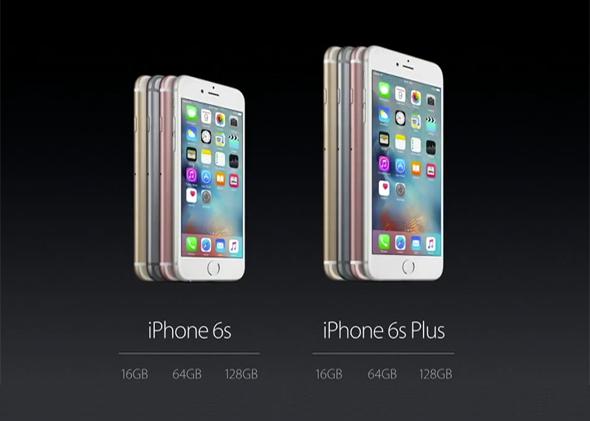On Tuesday, the Wall Street Journal reported that the least expensive versions of Apple’s forthcoming iPhone 7 and 7 Plus will finally include 32 gigabytes of onboard storage, instead of the meager 16GB that previous base models have had. That should come as a relief to users struggling to fit all the apps and photos they want onto their current iPhones. But it’s also a telling about-face from Apple, which has resisted making such an upgrade for two years.
The internal storage options on the iPhone 5S, released in 2013, were 16GB, 32GB, and 64GB depending on how much you wanted to pay. It was a straightforward progression that Apple had been using for a few years as it phased out 8GB iPhones. As users started taking a lot more photos and apps got bigger, though, 16GB started to feel pretty light, and it seemed likely that the iPhone 6 would slide the scale so the base model had 32GB of storage and the midtier was 64GB.
That’s not what happened, though. The iPhone 6 came in 16, 64, and 128GB models, as did the iPhone 6S. Unlike the old lineup, a jump from 16GB to 64GB was pretty glaring. Since Apple was certainly capable of producing a 32GB device, it seemed obvious that the company was putting pressure on customers who were looking to spend less. These users could either shell out an extra $100 for a 64GB device, start paying monthly for more iCloud storage, or struggle with too little memory. Not cool.
Apple’s 16GB stance has only gotten more and more ridiculous over the past two years, and more of a hassle for customers. But after holding out for so long, why is the company caving and adding more storage to the iPhone 7? One reason is just sheer practicality. So many of the things users want to do on their iPhones today are storage-intensive, like taking lots of photos, using Apple’s “Live Photos” feature, and sending media back and forth through iMessaging (photos, videos, audio messages, GIFs). Apple wants to push people to pay for these privileges, but it doesn’t want to make it so difficult that users are eventually turned off by these features, or by iOS altogether.
There’s something else, too. It seems almost certain that Apple is going to remove the standard headphone jack in the iPhone 7, a change that will be difficult for some customers to stomach. Lowering the cost of storage may be a sort of olive branch to show that Apple still gives the people what they want—even if it sometimes takes away what they want, too.
A perpetual criticism of the iPhone is its high sticker price, and Apple may realize it has to walk a line between making bank and pissing people off. Or maybe the 32GB is just another way to push more Apple software onto folks’ phones. Not that anyone who’s ever deleted all their iMessages to take a photo will complain.
